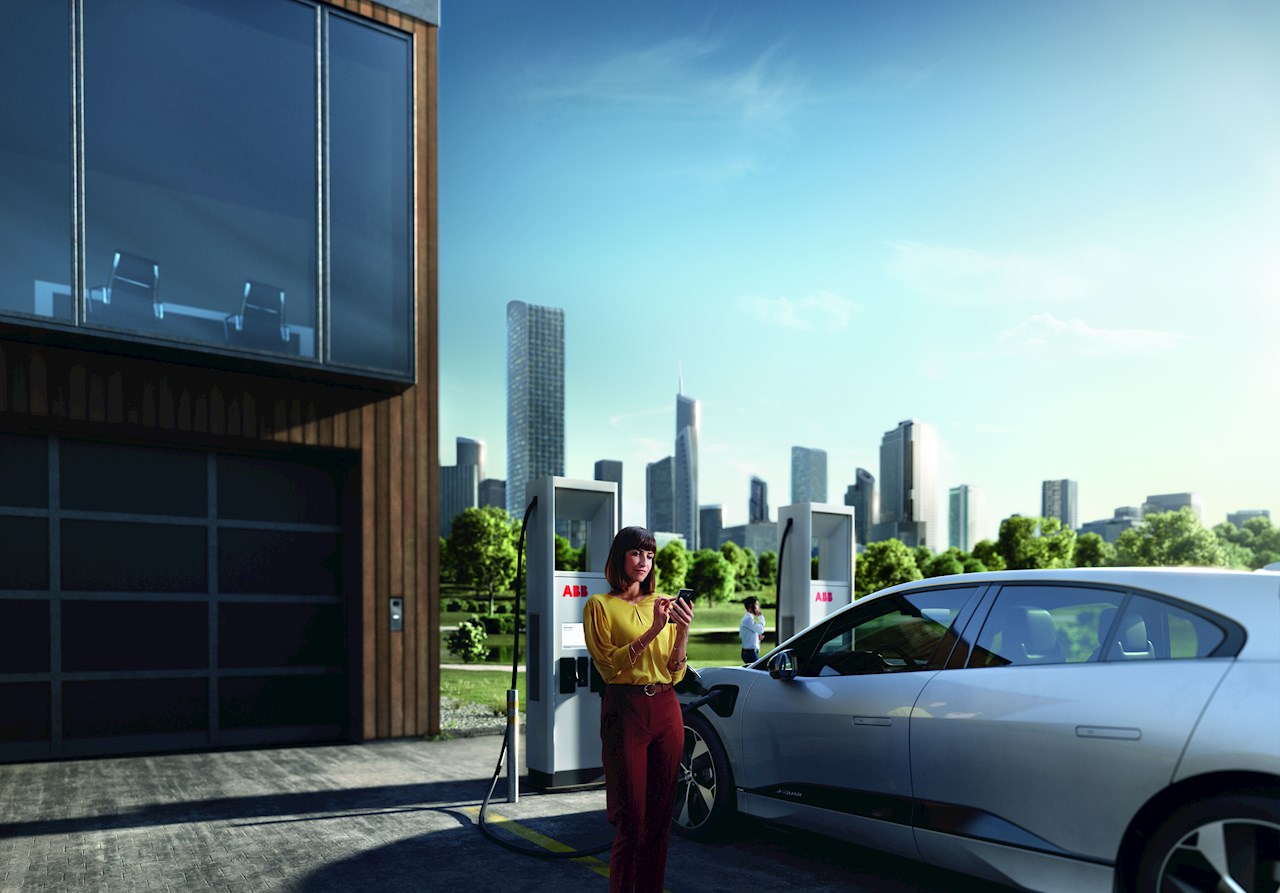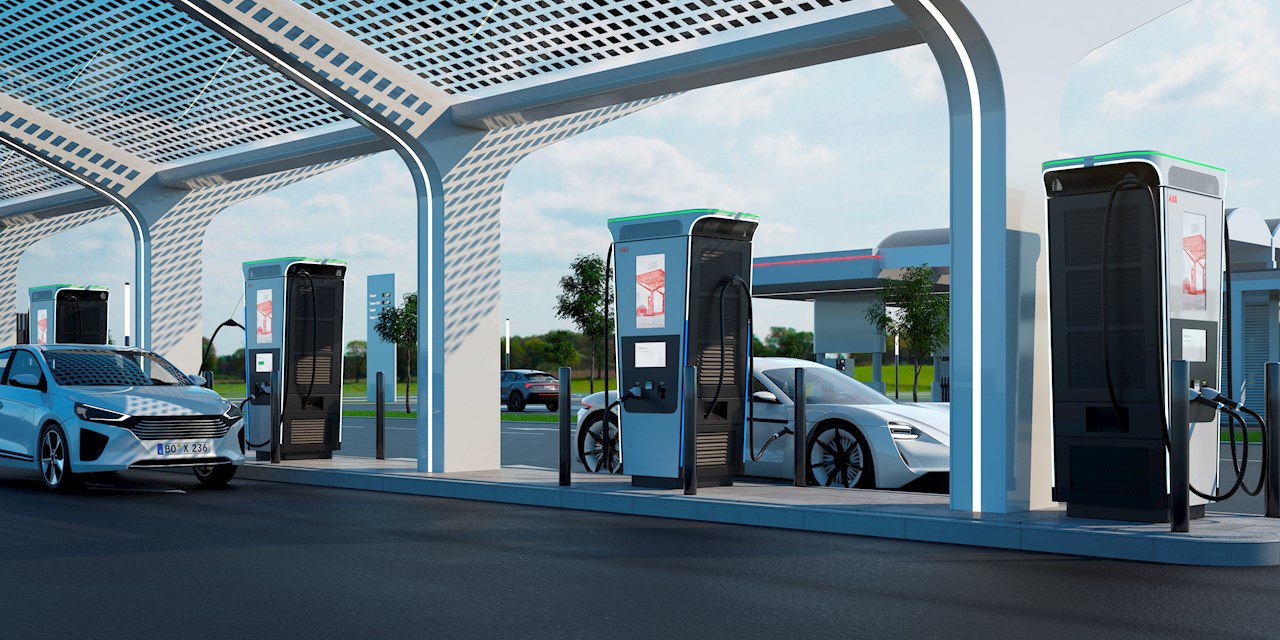Regarding the attitude towards electric cars, there are ardent supporters and opponents, and also those who do not care at all, as well as those who have not yet taken a final position. However, the future of transport concerns us all, and that is why the position of each of us today is decisive in what world we will be moving tomorrow.
What is going on in the world of electric cars? How does this affect the Baltic countries? How does the charging happen? What is the perspective on hydrogen cars? We face these and hundreds, if not thousands, of questions from all sorts of media on a daily basis. However, there are as many answers as there are speakers on the subject. But how to make the right choice? The safest path is as always - it is worth listening to experts, believing in a science-based approach, and having common sense.

Resources determine the future
Let's start with the clear facts.
First of all, the next few generations will definitely drive electric cars. Most car manufacturers have confirmed by word and deed that they plan to switch to electric cars on a large scale in the near future, namely, in a 5-25 year perspective. Let it be said straight away that in this story we are not touching on all sorts of extremes and niche makers, because they do not affect the big picture.
Secondly, let us acknowledge the fact that resources are finite. If the oil and gas reserves are only sufficient for about 50 years (see here: www.worldometers.info/oil and www.worldometers.info/gas), then it is obvious that at some point the toss from the internal combustion engine will be out. Of course, resources will once determine the future of electric cars, but that is the subject of another story.
Thirdly, global, regional, and local climate programs will inevitably involve, among other things, the transition to electromobility. Although many of us do not see the consequences of climate change in perspective, we cannot turn a blind eye to the cold facts that predict a dark future.
Alan Vaht, Member of the Board of Alexela, strongly pointed out links between the global climate crisis and transport at a seminar held on September 22 as part of the ABB Electric Car Demo Day. "Transport is the biggest climate problem today. The European Union's climate and transport policies are leading to stricter CO2 emission standards. Today, different stakeholders narrowly see their individual solutions, but it is clear that the right solution can only be collective.”
But which solution is the one? In his presentation, Vaht outlined a vision of complex solutions, but to answer this question, we would like to use an idea expressed by Allan Niidu, Professor of Applied Chemistry at TalTech on November 2, 2021: “In addition, the European Union is determined to achieve carbon neutrality by 2050 and has introduced a CO2 emissions trading scheme, which should help achieve this goal. / --- / Will the main energy sources in the future be liquid fuels methanol, ethanol and biodiesel or gaseous fuels biomethane, biopropane and hydrogen? Nobody probably knows the exact answer at the moment. But you can definitely see the competition between different technologies to take the place of fossil fuels.”

Cars are good!
Car manufacturers are also moving towards leaving fossil fuels behind. Today, more than 200 different electric car models are sold worldwide (hybrids - HEV, plug-in hybrids - PHEV, all-electric - BHEV and hydrogen cars - FCEV). The ABB Electric Car Demo Day, which featured 34 models of 18 car brands, gave a good overview of what is happening in the Estonian market – so far, it has been the largest event in Estonia to introduce electric cars and accompanying infrastructure, and has been visited by almost 400 people.
Most of the electric cars available are great vehicles, although a person would complain of human insatiability even if 2,000 models were available. Mario Kadastik, an electric car enthusiast and Estonia's first Tesla owner, states: “Most new electric cars are good! Virtually all cars have a range of more than 300 km, so everyday rides can be done, and even longer ones don't ask for constant charging. The network of fast chargers is replenished every month, and when more than 150 kW becomes a standard, charging is a forgotten problem. The growth of car development has led to increase in charging infrastructure and vice versa.”

However, the fact is that today there are about 2,000 electric cars in Estonia, which is better than nothing, but still an almost non-existent part of the total amount. Interest is modest and largely dependent on support measures. The report “The Future of Mobility. Development trends until 2035" notes its compiler Uku Varblane: " Ten years from now, according to predictions, there will be 85 000 electric cars on Estonian roads and by 2040 they will already make half of the entire car amount."
So, it is worth thinking today not about "whether", but about "what". However, the purchase decision "Bermuda Triangle" or price-quality-emotion proportion involves certain electric-car-specific nuances, such as the efficiency of the vehicle, i. e. the cost per kilowatt-hour in the city and on the highway for 100 km; battery pack size; charging capability at home and/or at work or public charging infrastructure; charging capacity or on-board charger capacity; the existence of a heat pump (in the Estonian climate).
However, it is not worth thinking too much. The current key question is "but what if the battery runs out?" By analogy, a car with an internal combustion engine can run out of fuel, and life still goes on. You should just glance at the dashboard from time to time.
The issue of infrastructure is much more serious. Again, the situation could be compared to mobile industry - you may have a smart device and a charger, but if you don't have a network, you can just as well throw the devices away.
Infrastructure as a multivariate equation
It is believed that public infrastructure will develop itself, and supply will be able to catch up with demand. As of May 2021, there were a total of 395 public chargers in Estonia, including 172 fast chargers (> 22 kW), according to a report published by PricewaterhouseCoopers Advisors in June entitled “Designing a measure to promote the introduction of low-emission vehicles”. The network of chargers covers all major high-traffic roads. The distance between the charging stations is a maximum of 40-60 km. In addition to fast chargers, some ultra-fast (> 150 kW) chargers have been installed or are being installed in Estonia, which allow you to charge 75-80% of your electric vehicle battery in a few tens of minutes. The development, management and operation of electric vehicle charging infrastructure is concentrated in the hands of private companies such as Eleport, Enefit Volt (formerly ELMO network).

In contrast, in the case of commercial and apartment buildings, the situation is more complex and involves dealing with technical, legal, economic, and financial issues. According to the amendments to the Building Code adopted this year, the creation of charging infrastructure for electric vehicles became mandatory during new development and reconstruction of buildings. However, no minimum requirements were set for the charging location and type of charger, nor for standard infrastructure capacity. According to Kert Pääbo, Enefit Volt's business development manager, in practice this only means, so to speak, hauling cable trays to parking lots.
"One of the obstacles is a necessary investment by an apartment association or developer, because they are not ready yet to contribute to it. This is a potential market barrier. In an apartment building under renovation, the investment money is usually taken from the repair fund, but this causes disputes between the residents of the house. At the same time, in most apartment buildings it is possible to install the first three to five chargers without increasing the connection capacity, ”says Pääbo.
Pääbo sees the situation as a bottleneck of the future, where the apartment association should increase the number of amps of the main fuse to ensure a reasonable loading speed. "This will also lead to additional investment needs for the entire apartment association, including those residents who do not have an electric car."
That is why he emphasizes that smart, i.e. internet-connected chargers should be installed in the apartment building. "It allows chargers to be connected to a flexible load control device to dynamically distribute power between electric cars and apartments. In addition, a smart charger enables to receive information about the quantities of electricity consumed and to forward invoices on the basis of the resident and/or electric car owner."
Urmas Laine, ABB's product manager, also warns that, although the Estonian electric car charging network is generally sufficient today, as the share of electric cars increases by more than ten percent, the network capacity must start to increase, which also means an increase in the role of smart chargers and storage devices.
As an example, Urmas Laine cites a fairly common choice: “Suppose I have purchased an electric car with an on-board charger capacity of 11 kW (3 phases) and a consumption of 16 A. The line protection should be installed with a 20 A, C characteristic. If the connection of the house is 20 A, we are faced with the fact that if we want to use the rest of the electrical equipment in the building, the main fuse will probably be applied and the house will get dark. To avoid this, we have three options.

First of all, reduce the charging capacity of the charger manually (the charging time increases, this can of course be adjusted manually according to the consumption of the house, but it is inconvenient and cumbersome.
Secondly, set a time for the charger to start and stop charging, based on the building's consumption, when it is known when other devices are no longer consuming energy.
Thirdly, it is wise to add a meter to the power supply of the house, which can provide the charger with information about the consumption of the house, and the charger itself (within the given parameters) regulates the power used to charge the electric car. In other words, we don't have to think about whether the protection is applied or not, but there is dynamic control, where the charging capacity is adjusted according to the amount of power available for charging. "
Choose the right charger here: https://new.abb.com/ev-charging/ev-selector-demo